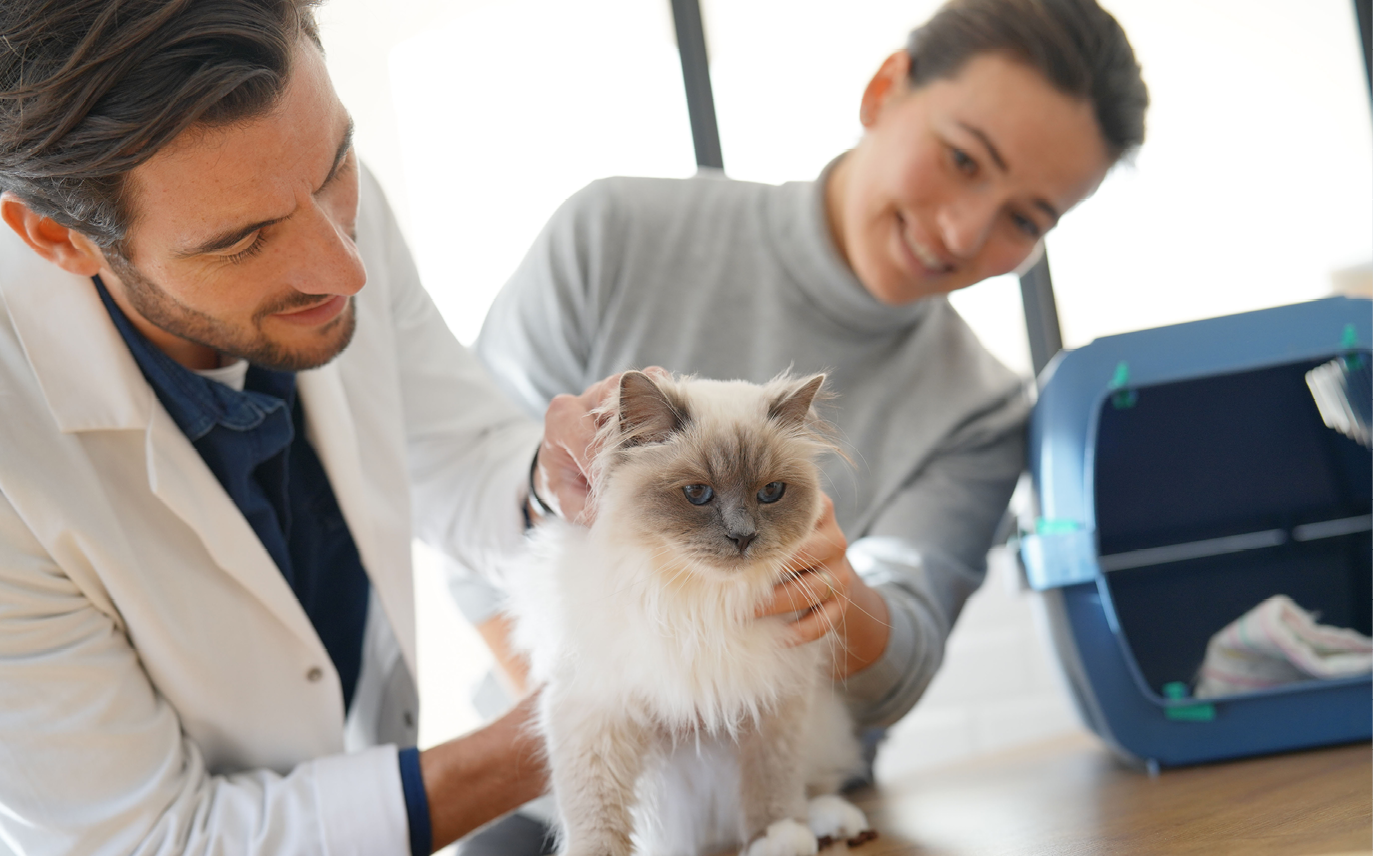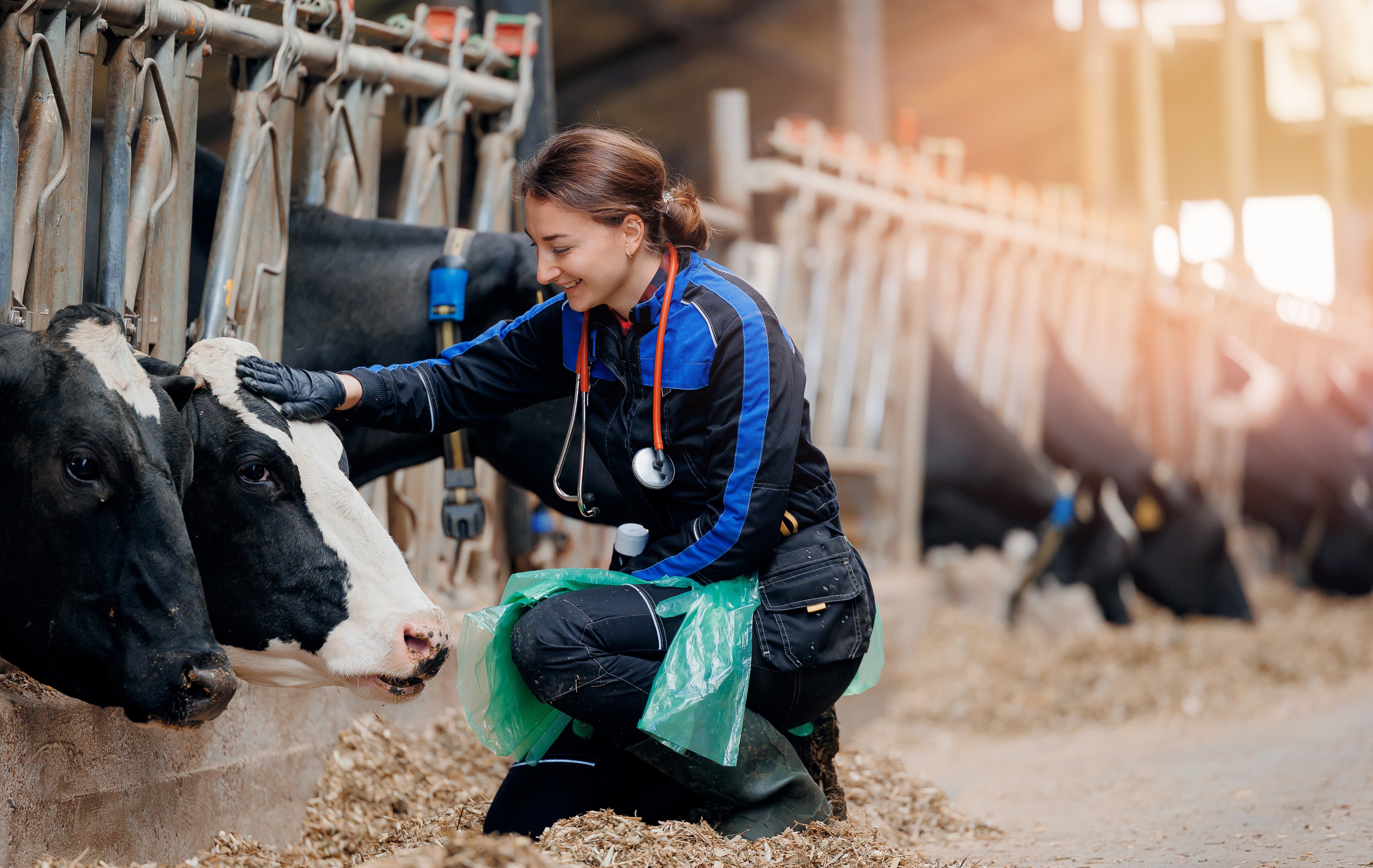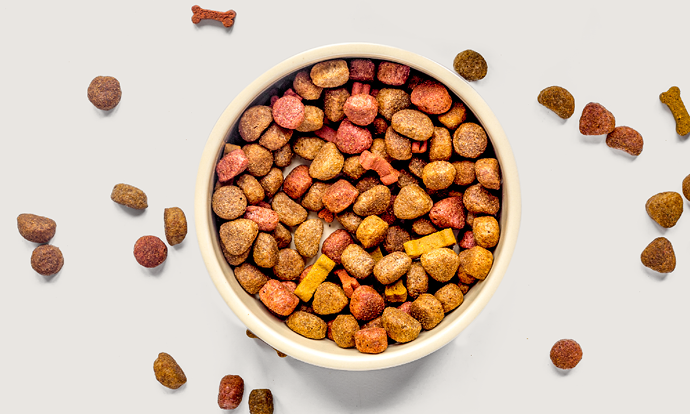
Nutrition
6-step guide to better nutrition and weight management conversations
Updated 2021 AAHA Spay & Neuter Nutrition Guidelines
Donna M. Raditic, DVM, DACVIM (Nutrition), Board Certified Veterinary Nutritionist, Athens, GA
![]() Published on March 1, 2024
Published on March 1, 2024
Powered by

The American Animal Hospital Association (AAHA) has recently released its 2021 AAHA Nutrition and Weight Management Guidelines for Dogs and Cats.
The new guidelines go beyond the 2014 version, which primarily addressed assessment and weight management to be “truly a comprehensive approach to dietary management in primary care companion animal practice.” It is a document that includes the nutrition basics.
The bulk of the guidelines discusses the complex topic of communicating with clients, with emphasis on approaches for effective, nonjudgmental communication of dietary recommendations to clients and strategies to increase client compliance.
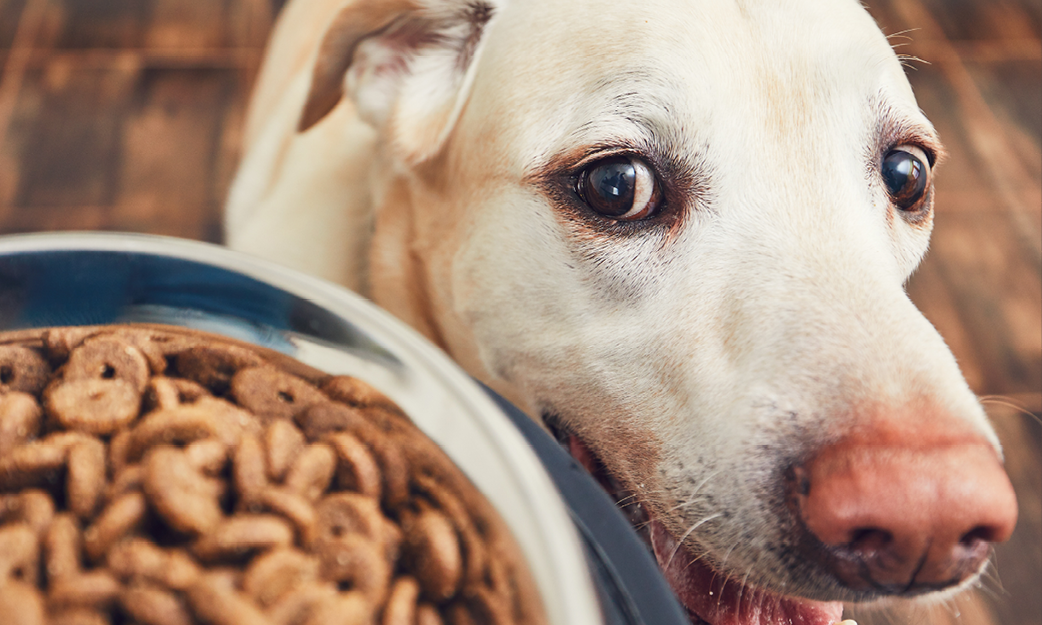
Nutrition conversations have three aspects
First is the content, meaning the scientific or medical knowledge that informs a complete and balanced nutrition recommendation.
Second is the process or the approach to engage the client in a discussion about the pet’s nutrition.
Finally, there is the perceptual aspect of communications, in other words, how the client thinks and feels about pet nutrition. Veterinarians prefer to focus on content, but successful nutrition discussions are about the process, and even more importantly the perceptions clients have about pet nutrition. Understanding the perceptual aspects – what the client believes and perceives, their goals and ideas which must be heard, identified and acknowledged is critical to have successful nutrition discussions and outcomes.
Successful nutrition discussions mean providing two separate recommendations
The first is the nutrition-related healthcare decision i.e. a nutrition change is recommended to manage the health of the pet proactively or to address a nutrition-related health concern.
The second recommendation is a product-specific commercial diet to support the nutrition-related health care decision. Often veterinarians are uncomfortable or fail to recommend specific diets. A recent survey of pet owners concluded that when a pet’s diet is discussed in the context of a pet’s health, the veterinarian consulting during a wellness appointment may be most persuasive to the owner for changing their pet’s diet.1 This survey tells us that veterinarians should feel confident that pet owners are receptive to recommendations regarding a pet’s diet, especially when the recommendation is made in the context of their pet’s health.
Step-by-step approach to making a nutrition recommendation:
- How to initiate a nutrition-related healthcare recommendation
- Exploring with the owner all nutrition and non-nutrition options
- Client education about benefits and risks of each nutrition option
- Make a clear nutrition-related recommendation
- Check in with the client to get feedback and to see how information was received
- Plan appropriate follow up with the client once dietary change has been implemented
We can use these steps to help health care team communicate with clients about the need for specialized nutrition for spayed and neutered cats and dogs. As spay and neutering is a risk factor for overweight/obesity, here are some statistics:
- 85% of dogs and 93% of cats in the United States are spayed or neutered2;
- 56% of dogs and 60% of cats are either overweight or obese3;
- With no dietary intervention, post-neutered dogs and cats can have a 30% and 21% increase in body weight respectively.4,5
So let’s apply the 2021 AAHA guidelines to this most important spay neuter nutrition-related health concern. First the content or medical knowledge that informs a complete and balanced nutrition recommendations should include the fact that although S/N has benefits, we do know that the spayed and neutered dogs have 2x the risk of becoming obese while cats have 3x the risk of becoming obese6,7.
Removing sex hormones has two impacts on the S/N patient that plays a role in this increased risk for overweight/obesity4:
- There is a decrease in metabolic rate which leads to the S/N pet having a reduced daily caloric requirement.9
- Appetite is increased post spay and neuter.4
This decrease in metabolic rate has been documented and means we need to consider about a 30% decrease in daily caloric requirements for the S/N dog and 24% decrease for the S/N cat.8,9 Meanwhile post S/N there can be a 60% increase in the appetite in the dog and a 23% increase in in the appetite of the cat.8,10 These physiological changes that occur in the S/N pet creates the perfect storm – we have a S/N patient with an increase in appetite that needs to consume fewer calories.
Recall successful nutrition discussions mean providing two separate recommendations. Here the first recommendation is the nutrition-related healthcare decision – we know that when we spay or neuter a pet it now has a higher risk of becoming overweight/obese; therefore, a nutrition change is essential to prevent weight gain in the S/N patient. The second recommendation is a product specific commercial diet to support the nutrition-related health care decision. Currently, we do not have commercial diets formulated specifically for the S/N dog and cat.
Based on the scientific literature and as discussed for weight management, an appropriate S/N diet would have the following features:
- Complete and balanced ingredients that are appropriate for the life stages- growth, growth of a large breed and adult maintenance.
- High protein digestibility to provide essential amino acids for proper growth and development or lean body mass.
- High protein and fiber to promote a satiety effect.
- Moderate to restricted energy density i.e. kilocalories/kilograms.
Now let's use the 2021 AAHA step-by-step approach to learn how veterinarians and their team can make spay/neuter nutrition recommendations to clients.
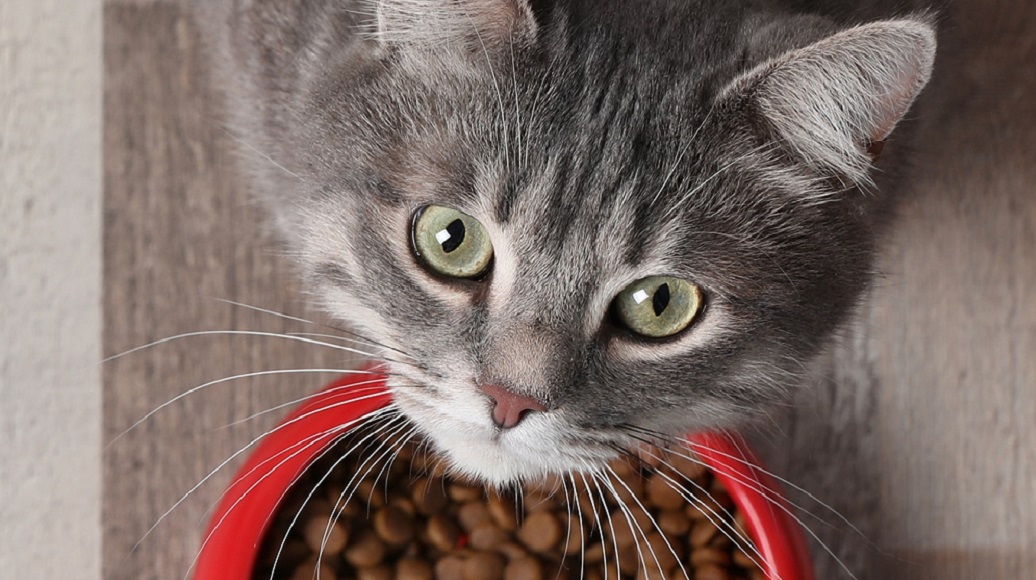
-
Initiate a nutrition-related healthcare recommendation.
This is now easy because spaying and neutering are two surgical procedures that every veterinarian understands. With every discussion about spaying or neutering, veterinarians and their team can initiate the nutrition-related healthcare recommendation by stating, “While we are talking about the S/N surgery, we want you to be aware removal of sex hormones can increase the risk for overweight/obesity. Let me explain to you why that happens and what we need to do to prevent your pet from becoming overweight or even obese”. -
Exploring with the owner all nutrition and non-nutrition options.
Veterinarians are well versed in the why, why not, and when of S/N surgery and will easily be able to provide best health care options for the client and their pet. -
Client education about benefits and risks of each nutrition option.
The conversation here may include expanding on the content discussed above for the S/N patient i.e. risk for obesity increases due to the need to reduce daily caloric intake and increase in appetite. If we don’t change the diet and feeding plan for the S/N pet, they can quickly become overweight which becomes the steppingstone to obesity. There are also financial impacts such as more vet visits due to other obesity related disease and increased costs of preventatives and medications for the overweight/obese pet. -
Make a clear, nutrition-related recommendation.
Tell clients you and your team are committed to a proactive S/N nutrition program that will prevent their pet from becoming overweight and/or obese post S/N procedure. Veterinarians and their team should reiterate the benefits of using proactive S/N nutrition. You can let clients know you will recommend an appropriate S/N diet to prevent overweight/obesity. Discuss the features of the S/N diet. It will be a personalized nutrition plan, but it will clearly assure your clients they will have the team’s support now and going forward. -
Check in with the client to get feedback and to see how information was received.
Because the nutrition recommendations are related to the health of the S/N pet, clients will most likely appreciate the proactive nutrition changes. Still, it may be beneficial to say, “We know it takes a team to keep our pets from becoming overweight/obese and we want you to know we will be here every step of the way” and then asking the client, “Does this all make sense to you? Do you have any questions or concerns that we have not addressed? -
Plan appropriate follow-up with the client once dietary change has been implemented.
A member of the veterinary team should follow up with the client in a couple of days to ensure the diet transition is going well. Telemedicine rechecks can be a useful way to troubleshoot and ensure successful implementation of your proactive S/N nutrition program.
Get ready by ordering food specifially formulated to maintain body condition.
You must be logged in to access the page.
REFERENCES
- Alverez EE, Schultz KK. Effect of personal, food manufacturer, and pet health statements during a pet wellness appointment on a dog or cat owner’s decision to consider changing their pet’s diet. J Am Vet Med Assoc. 2021 Sep 15;259(6):644-650.
- .APPA 2017-2018 https://wsvma.org/2020/02/14/pet-obesity-at-epidemic-proportions/#:~:text=The%20prevalence%20of%20overweight%20and,nationwide%20in%202018%20were%20overweight
- Jeusette et al; Effect of ovariectomy and ad libitum feeding on body composition, thyroid status, ghrelin and leptin plasma concentrations in female dogs* J Anim Physiol Nutr (Berl). 2006 Feb;90(1-2):12-18
- Wei et al; Early Effects of Neutering on Energy Expenditure in Adult Male Cats: PLoS One. 2014 Feb 26;9(2):e89557.
- Lefebvre, S.L.; Yang, M.; Wang, M.; Elliott, D.A.; Bu, P.R.; Lund, E.M. Effect of age at gonadectomy on the probability of dogs becoming overweight. J. Am. Vet. Med. Assoc. 2013, 243, 236–243.
- Nguyen P., Dumon HJ, et al. Effects of dietary fat and energy on body weight and composition after gonadectomy in cats. Am J Vet Res. 2004 Dec;65(12):1708-1713
- Jeusette, I.; Detilleux, J.; Cuvelier, C.; Istasse, L.; Diez, M. Ad libitum feeding following ovariectomy in female Beagle dogs: Effect on maintenance energy requirement and on blood metabolites. J. Anim. Physiol. Anim. Nutr. 2004 Apr;88(3-4):117-121.
- .Kanchuk et al; Weight gain in gonadectomized normal and lipoprotein lipase-deficient male domestic cats results from increased food intake and not decreased energy expenditure Nutrient Metabolism 2003 American Society for Nutritional Sciences 1866-1874.
- Allaway D, Gilham M, Colyer A, Morris PJ. The impact of time of neutering on weight gain and energy intake in female kittens. J Nutr Sci 6, e19.
- Kanchuk et al; Neutering Induces Changes in Food intake, body weight, plasma insulin and leptin concentrations in normal and lipoprotein lipase-deficient male cats J Nutr. 2002 Jun;132 (6 Suppl 2):1730S-1732S.
Copyright © 1999, 2023 Virbac Corporation, All rights reserved
